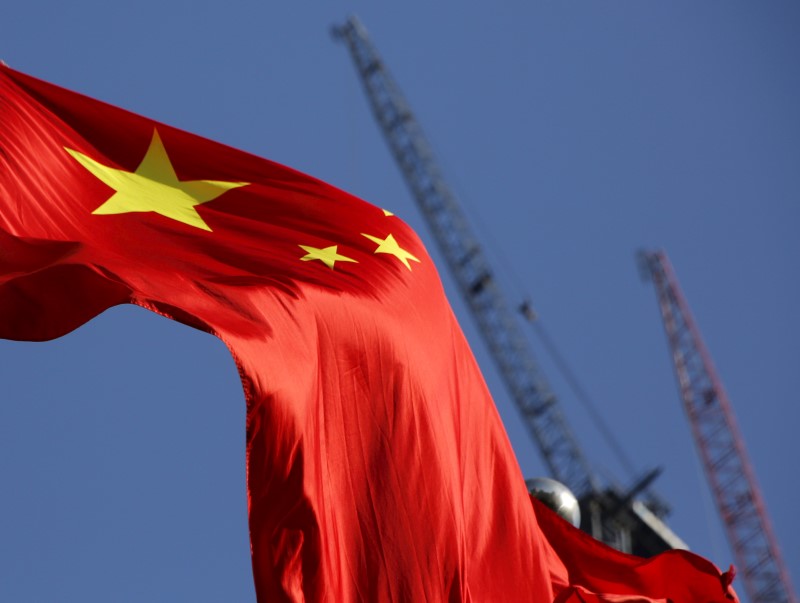Fubotv earnings beat by $0.10, revenue topped estimates
By Gina Lee
Investing.com – Chinese factory activity recorded an unexpected expansion in February, thanks to growing new orders. However, downward pressures continue to build and the impact of the Russian invasion of Ukraine remains to be seen.
Data from the National Bureau of Statistics (NBS) released on Tuesday showed that the manufacturing purchasing managers index (PMI) was 50.2, above the 50-point mark indicating growth. Forecasts prepared by Investing.com predicted a figure of 49.9. while January’s figure was 50.1.
The economic recovery from COVID-19 had a strong start in 2020. However, the recovery started to slow down in the summer of 2021 due to a debt crisis in the property sector and strict measures to curb the spread of the virus, which hit consumer confidence and spending. The government has vowed to stabilize the recovery in 2022, and the focus is now on the 13th National People’s Congress, whose fifth annual session begins on Mar. 5.
Meanwhile, the recent Russian invasion of Ukraine will likely lead to global supply chain bottlenecks, which could add to months-long strains for Chinese factories.
However, on a positive note, the data also showed that new orders grew for the first time since August 2021 as demand improved following the Lunar New Year holidays in February. However, production growth cooled, with a sub-index standing at 50.4 compared with 50.9 in January.
"New orders returned to the expansionary territory, suggesting that manufacturing market demand has been quickly released since the holiday," NBS senior statistician Zhao Qinghe said in a statement accompanying the data’s release.
"After the Spring Festival, manufacturing activities have gradually returned to normal."
The private Caixin manufacturing PMI was 50.4, compared to the Investing.com forecast number of 49.5 and January’s 49.1 figure. The non-manufacturing PMI for the services sector was 51.6, higher than January’s 51.1 figure.
But sporadic COVID-19 outbreaks across China continue to be of concern. An outbreak in the eastern city of Suzhou caused some factories to shut down temporarily, while the Special Administrative Region of Hong Kong continues to report a surge in cases.
